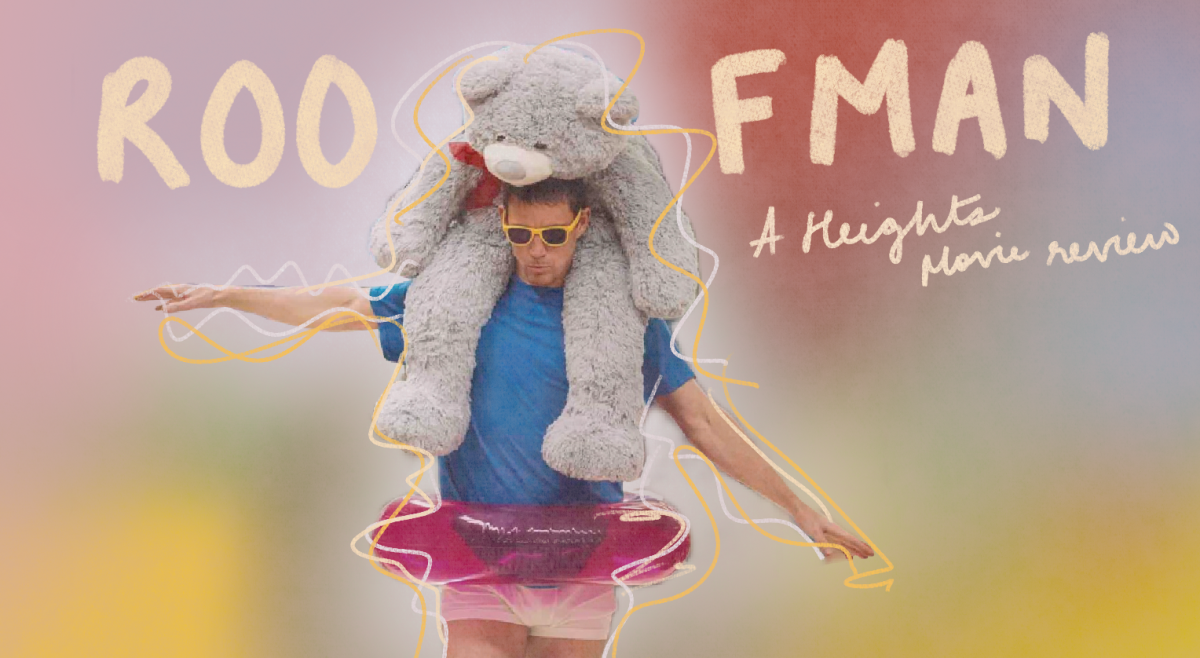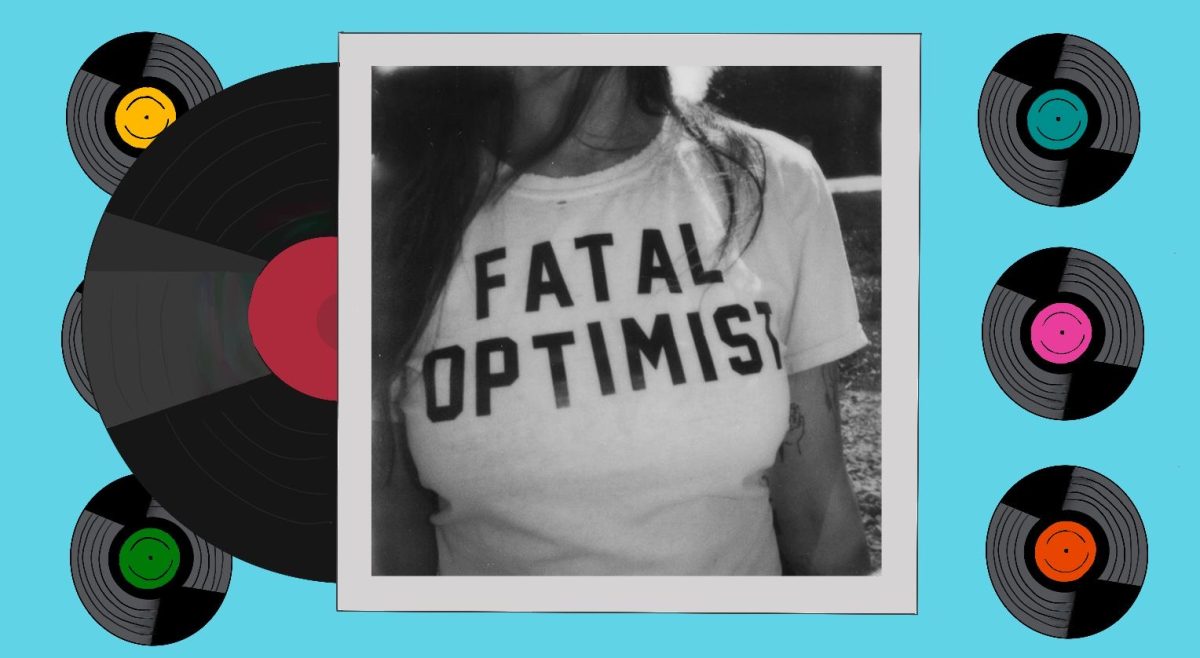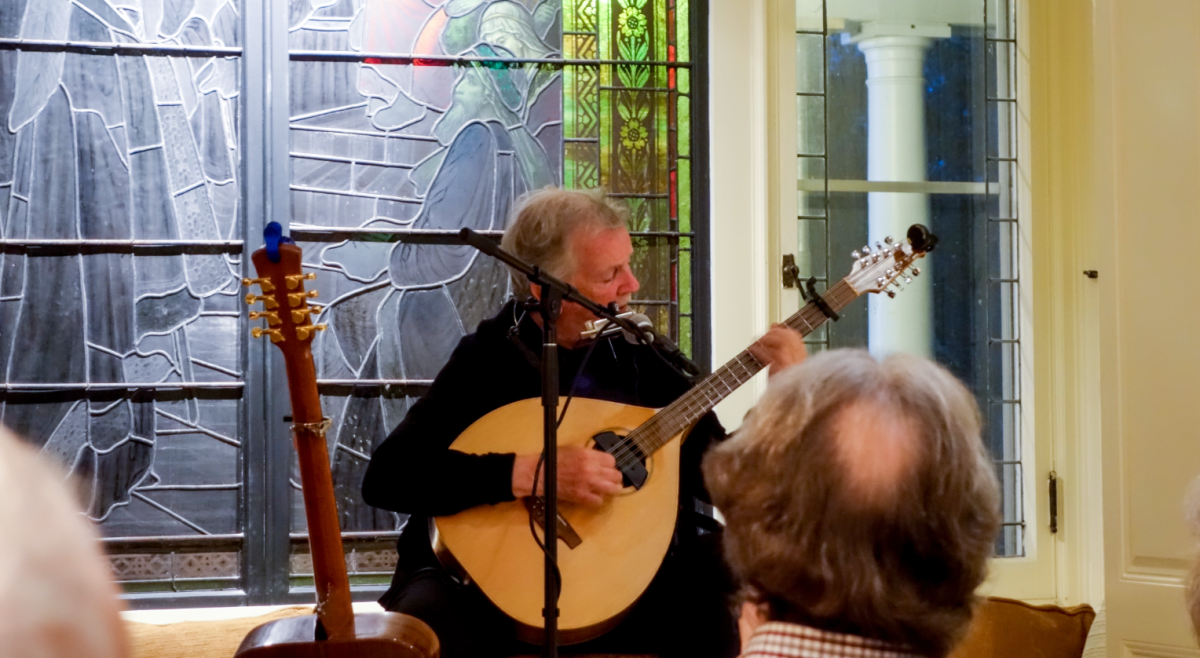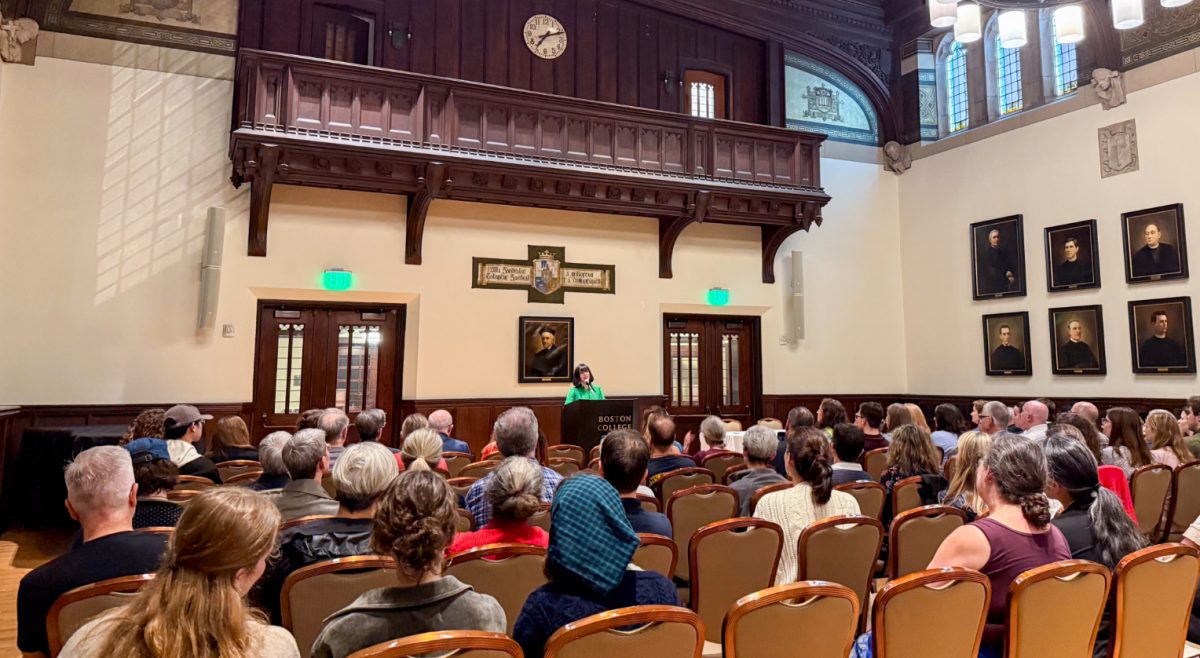The Connolly House is almost as active a participant in the events held there as the attendees themselves. As Irish Society members and Boston College students filed in for the first event of the Gaelic Roots Series this semester, the building creaked and murmured as it welcomed them inside. There’s something special about spending a warm evening standing on old wooden floors, hearing soft brogues from those around you, and smelling hot coffee from the room adjacent.
Gearóid Ó hAllmhuráin, a professor at Concordia University, joined the Andover Room of the Connolly House promptly at 6:30 p.m. to discuss his latest book. Flowing Tides: History & Memory in an Irish Soundscape focuses on the oral and musical history of County Clare, one of Ireland’s most culturally rich areas. A small audience listened attentively as he began to speak.
Flowing Tides explores the history of County Clare that has often been overlooked by the eyes of traditional historians and left out of the traditional history books. Musical history, especially that of Co. Clare, is so mercurial and deep, and yet so subversive, that it is eschewed in favor of more concrete events, people, and places.
Through a slideshow, Ó hAllmhuráin explained what inspired his book. In the mid ’70s, he went to report on the funeral of Joe Cooley, a famous Irish accordion player. In 1954, Cooley, then a member of the popular Tulla Céilí Band, left Ireland for the United States, where he formed the Gráinneog Céilidh band. He was regarded as one of the most talented and influential Irish button accordionists.
What struck Ó hAllmhuráin was Cooley’s return to Ireland before his death. Here was one of Ireland’s children, who had become famous around the world, but had ultimately come back to the land that raised him. Cooley had taken a traditional Irish style of music, Irish button accordion, and incorporated influences from the musicians he played with and the experiences he had in America, and had then brought his unique music back to Ireland. This musical mixture was then tossed into the melting pot of Co. Clare sound.
This phenomenon was happening with hundreds of Irish players, as well as musicians from other ethnic, cultural, and geographic backgrounds who were travelling through Ireland. Co. Clare became the epicenter of new and previously unheard of combinations of sound and style.
As Ó hAllmhuráin clicked through the slides, the audience saw the various important points in Irish history unfold over the course of centuries. All the while, he explained how these events changed and shaped the way music existed in Ireland and in Co. Clare. The election of the first Catholic to Parliament, Daniel O’Connell, and the various campaigns of Napoleon Bonaparte prompted the creation of dozens of Irish songs. The first and second temperance movements created temperance bands who later became Irish jazz bands playing in illegal dance halls.
After the journey through Irish musical history, Ó hAllmhuráin picked up his concertina accordion and was joined by three other musicians, two on accordion and one on keyboard. These four murmured among themselves as they settled on what reels to play while the attendees stretched their legs and readjusted their positions.
The musicians wasted no time in livening up the Andover Room with quick and cheerful music. Their fingers flew across the accordion buttons as they pumped their arms back and forth, all with casual and practiced ease.
With every song they played, the audience members could not contain themselves. The entire room was tapping their feet along to the rhythm, some drummed on the backs of their chairs, and a few high whoops and cheers were heard. Each time the performers ceased, a cry of “more tunes” went up. Finally, Ó hAllmhuráin announced the last song as “one for the road.” Good-natured disappointment elicited a few sighs from the crowd, but soon all were clapping along to the beat in a desire to end on a good note.
What makes the Gaelic Roots events so unique is that they provide students the opportunity to experience a rich culture of song and dance that has been around for hundreds of years and that has been influenced by and influenced many other kinds of music. Sean Smith, of the Office of University Communications and representative of the Gaelic Roots Series for the event, explained why evenings like these are important opportunities for students at BC.
“It’s a good way to see that folk and traditional music are alive and vibrant,” he said. “It’s free, it’s here, and it’s as it should be heard and experienced”
Featured Image by Jake Evans / Heights Staff













